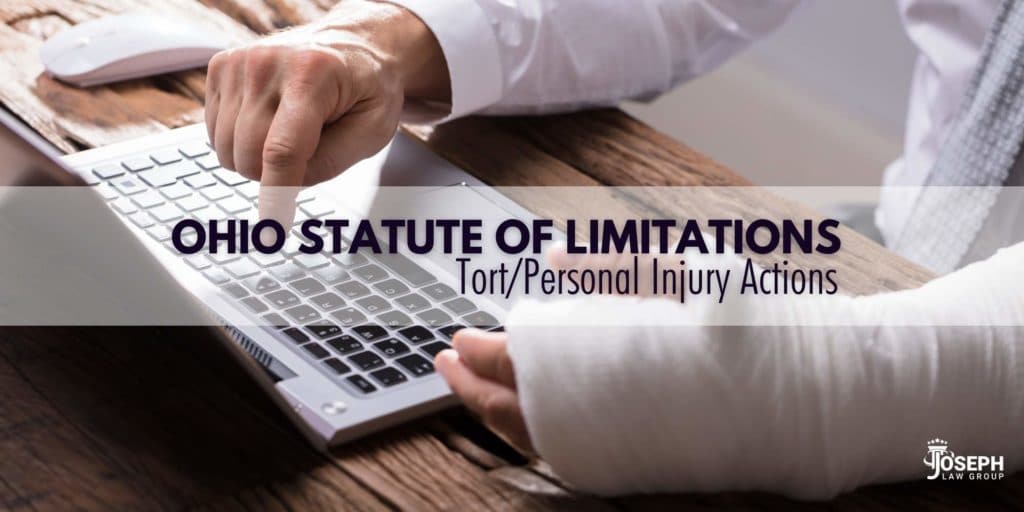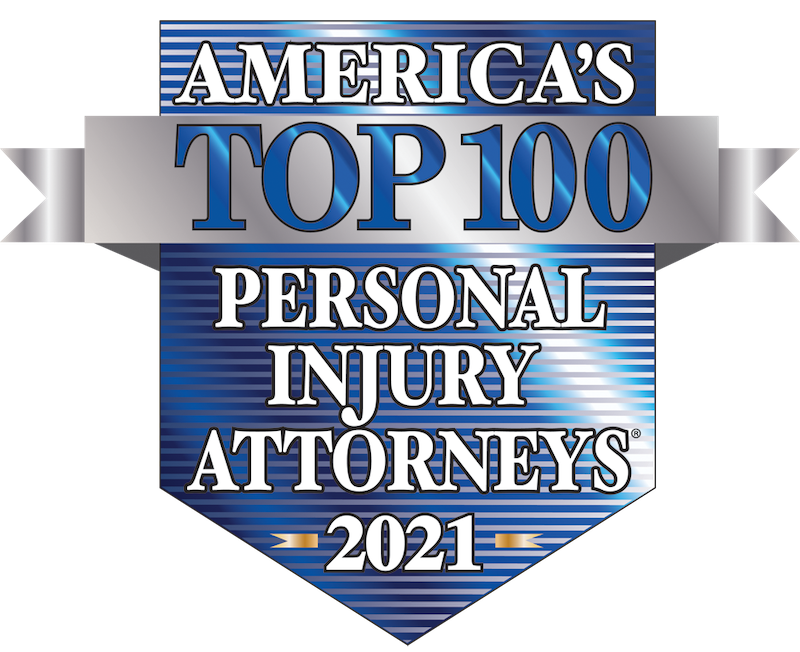When you’re injured in an auto accident you may not at first be thinking about “How much time do I have before I have to file a claim?”
In fact, your personal health – getting well – should be your first priority, followed quickly by safely getting back to work so you can continue supporting your family.
When an individual or another entity causes injury or harm to you by their negligence, there is a two-year statute of limitations in the state of Ohio. That’s two years from the date of the incident that you have to file a lawsuit. This includes car accidents, slips and falls, premise liability and general negligent tort claims.
Cleveland personal injury attorney Joseph T. Joseph, Jr. of the Joseph Law Group says the reasoning behind Ohio and most states having a two-year statute of limitations on negligent claims is due to the possibility of an extended recovery period after an accident or injury.
“The law recognizes that people shouldn’t be forced into making a decision about their well-being, future and health because of a statutory time limitation,” he says. “It can be 6-8 months down the road before you’re healed or recovered. It can also be that same timeframe when you realize the injury doesn’t go away and you need surgery. You want to make sure you’re back in good health and in a pre-accident or pre-injury state.”
A statute of limitations can be extended, although it’s rare and complicated. Joseph calls this “tolling the statute of limitations,” which allows for additional time for specifically spelled-out reasons.
There are other times where a shorter statute of limitations comes into play, predominantly in medical malpractice cases.
With these claims, there is only a one-year statute of limitations, he says. Joseph cautions that this time frame is a very small one from a legal perspective.
“It doesn’t give lawyers a lot of time to investigate a claim or for individuals to heal. Lobbyists, legislation, doctors and insurance companies are trying to limit tort claims,” he said. “One of the areas they’ve done a good job in limiting in Ohio is in medical negligence claims.”
Discovery Rule can extend statute of limitations
There can be some exceptions on medical malpractice cases, such as the Discovery Rule, which can alter a statute of limitations due to the timeframe when an individual’s injury is discovered.
“The Discovery Rule comes into play if you’re under the care of a doctor and there’s a breach of standard of care that causes harm or injury, but you didn’t know about it until a certain point down the road,” Joseph says. “It can extend the statute of limitations depending on when you discovered the malpractice occurred.”
And, you might be wondering what happens if a claim continues to go unresolved and the two-year window is almost over.
If a statute of limitations has reached the end of its time period and a settlement isn’t in place, then you are required to file a lawsuit and make the claim in a court of law, Joseph said.
“Doing this will protect the claim and allow it to continue after two years,” Joseph says.
Joseph believes the most important aspect injury victims should understand is there is time available before deciding on a settlement or lawsuit.
“The statute of limitations is there for a reason,” he said. “It allows people who are injured abruptly and have their lives displaced to get back into good health, heal and determine where their medical condition is before they have to make a decision.”
Bottom line, he says, is consult with a personal injury attorney any time you’ve been injured through someone else’s negligence.
“Have someone experienced in personal injury law serve as your advocate through what can be a complicated, drawn-out process,” he said. “Everyone deserves to be made whole after being injured, and there’s a lot of value a good personal injury attorney can bring to the table, particularly when dealing with insurance companies whose interests are not aligned with the injured’s.”

















